Running fast is great. For me, that is the moment when I actually feel like a runner.
Today I’ve decided to take it ‘easy’ and try out my speed. The weather seemned nice and the tempareture was decent.
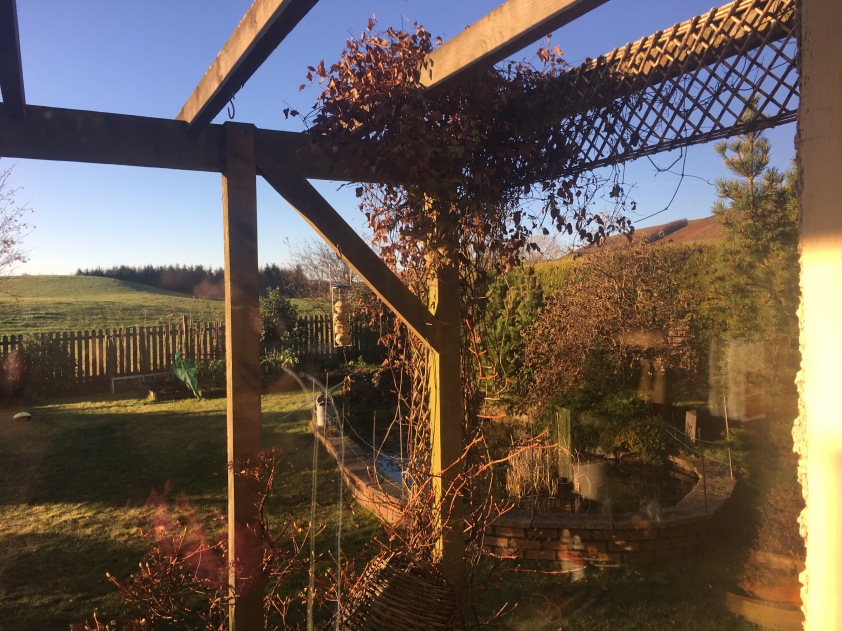
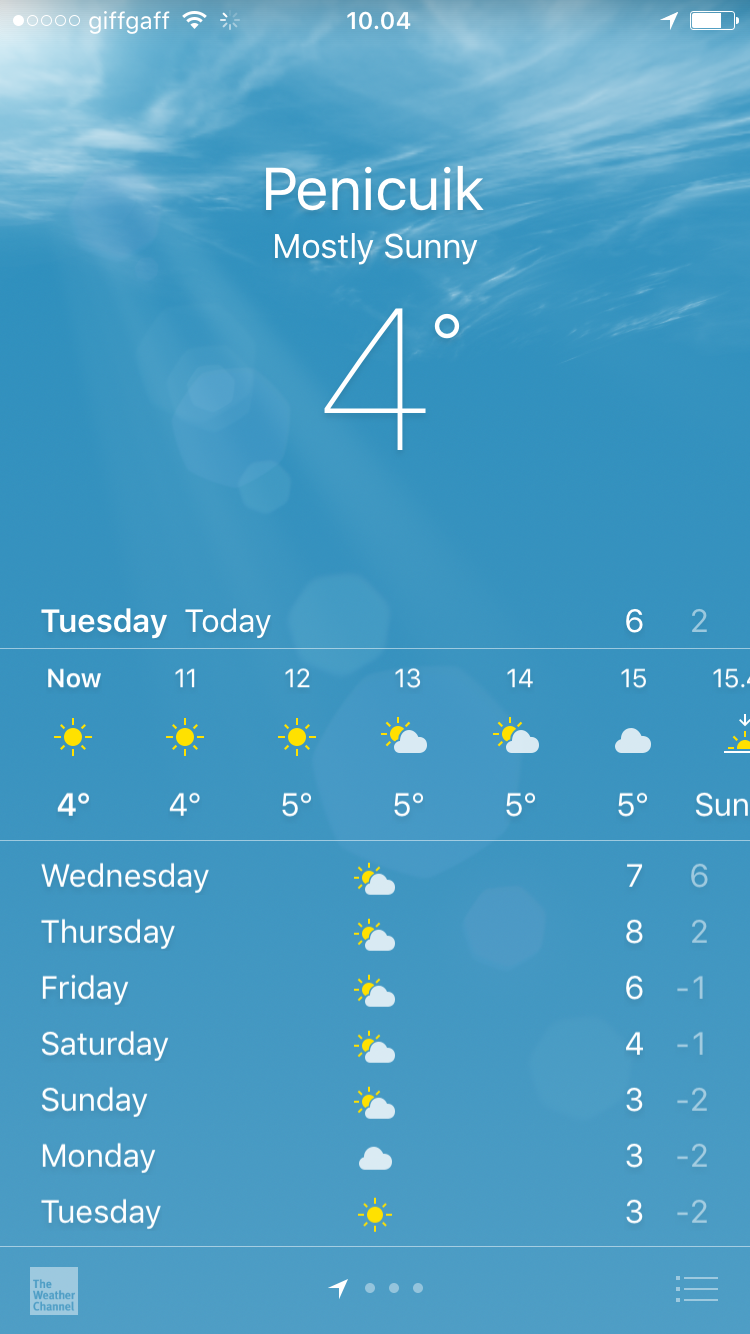
Luckily I own several pairs of running shoes, so I didn’t have to wear the ones that are all covered in mud and dirt. (I know I should wash them, but it seems like a such a hard work! Maybe another time…)
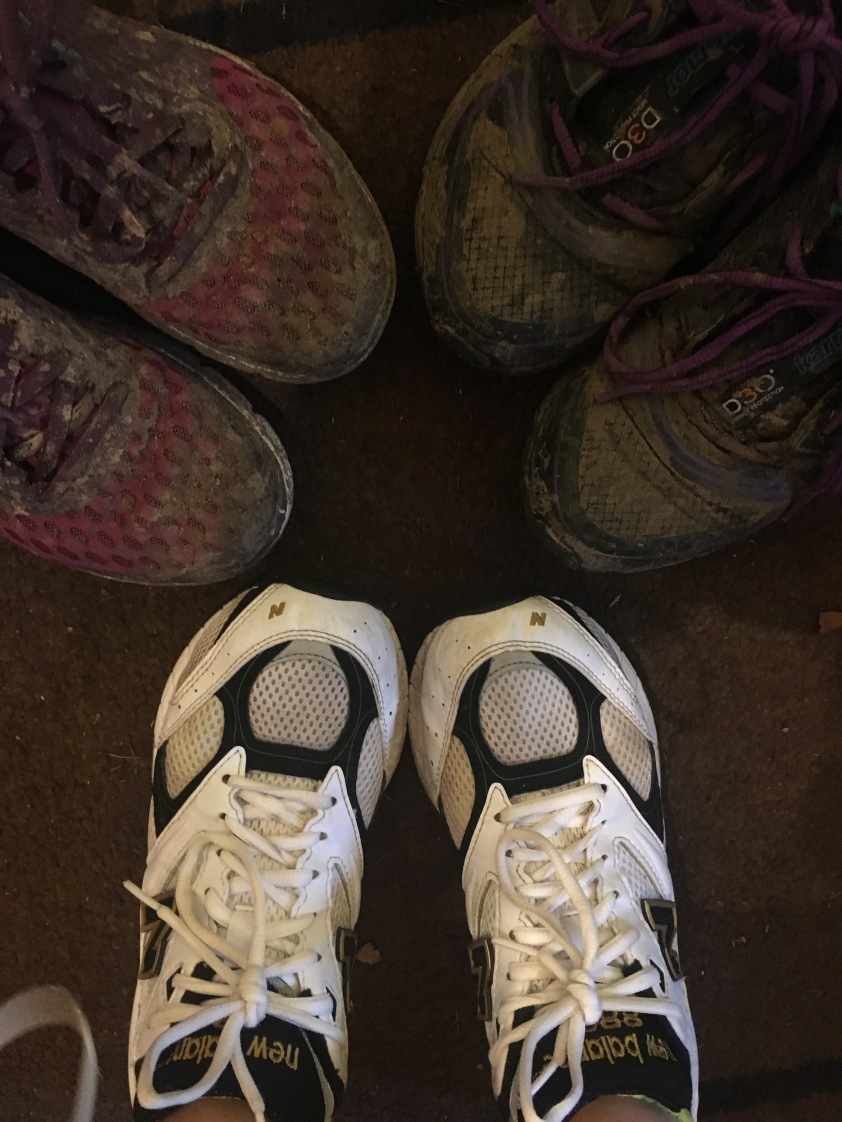
Anyhow. I got all dressed up (forgot my hat and gloves though) and went running against the wind. I must stay, it is quite a workout! Already after 5 minutes I felt like opening my jacket and trying to catch my breath. I would recommend windoroof gear for these situations, but like I said, after few minutes, you’re warm enough, and might not need anything fancy except for a running jacket (although a headband would also be quite useful – as my ears were getting cold….).
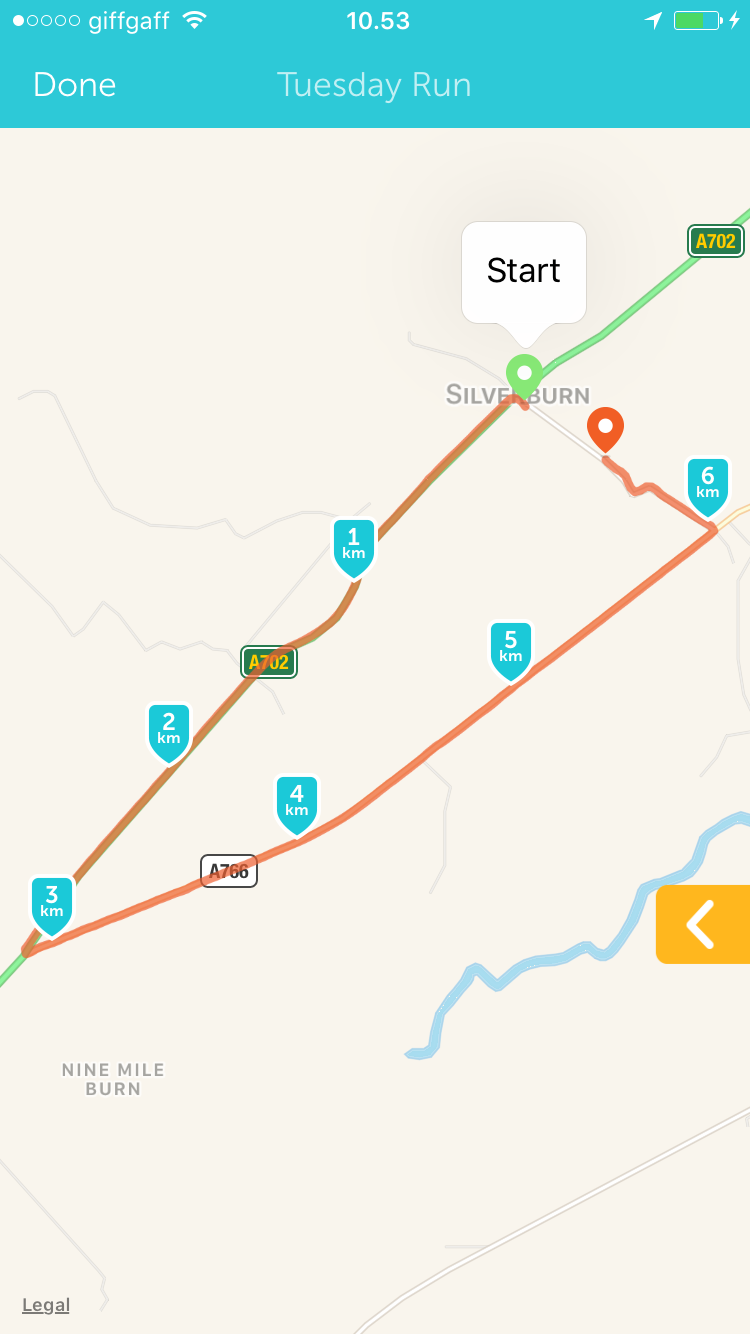
I did a 6.5 km run in 36.5 min = 10.68 km/h ! That is really good. I am aiming to run in 11 – 12 km/h a 10k distance somewhere in the summer. Going through online tips for improving the speed, it is recommended to aim for the hills, quit eating sweets and do some sprints. I know I’m not good at following any tips that dont allow me to eat things like chocolate, so I’ll try to train (run) more often and go little bit faster each time. That’s more doable.
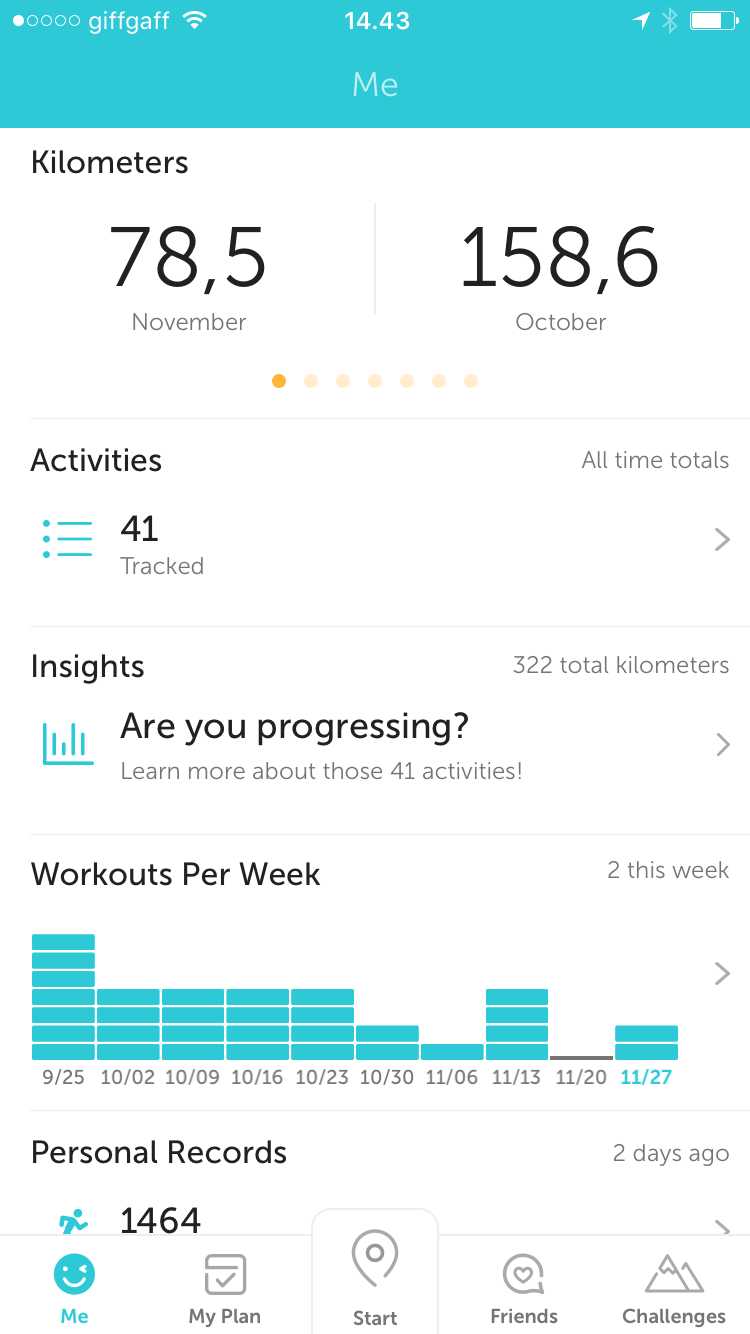 This month I haven’t done as much running as I did in October, so that is another key element; consistency. It really does feel harder to run and have a good performance after skipping few runs! My excuses were university and other nonsenses I do daily (like facebooking and checking e-mail), when I could have had even a short 15-20 min run.
This month I haven’t done as much running as I did in October, so that is another key element; consistency. It really does feel harder to run and have a good performance after skipping few runs! My excuses were university and other nonsenses I do daily (like facebooking and checking e-mail), when I could have had even a short 15-20 min run.
But I hope I will do better in December. I have to. And for anyone reading this blog, I really recommend keeping track of your activities. I think it is important to see and compare the runs, logs and everything! Because then you can learn if you have gaps in your activity calendar, and how to add exercise into them. Also have a goal and check how are you performing/are you getting there?
That’s all for now.
XO
M.D.















